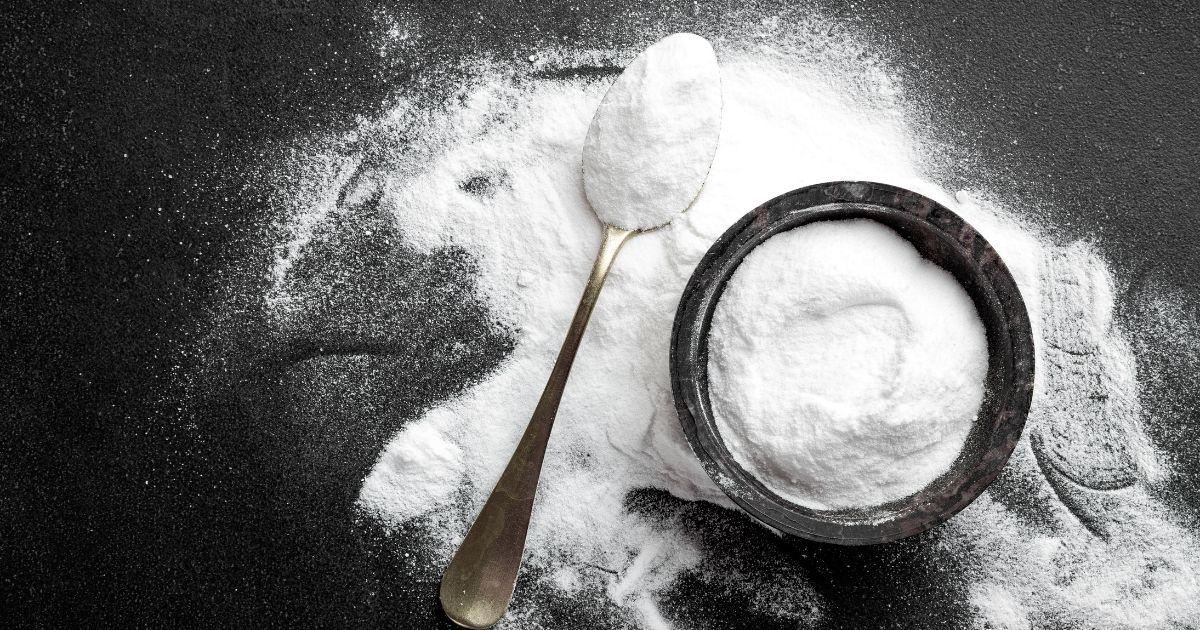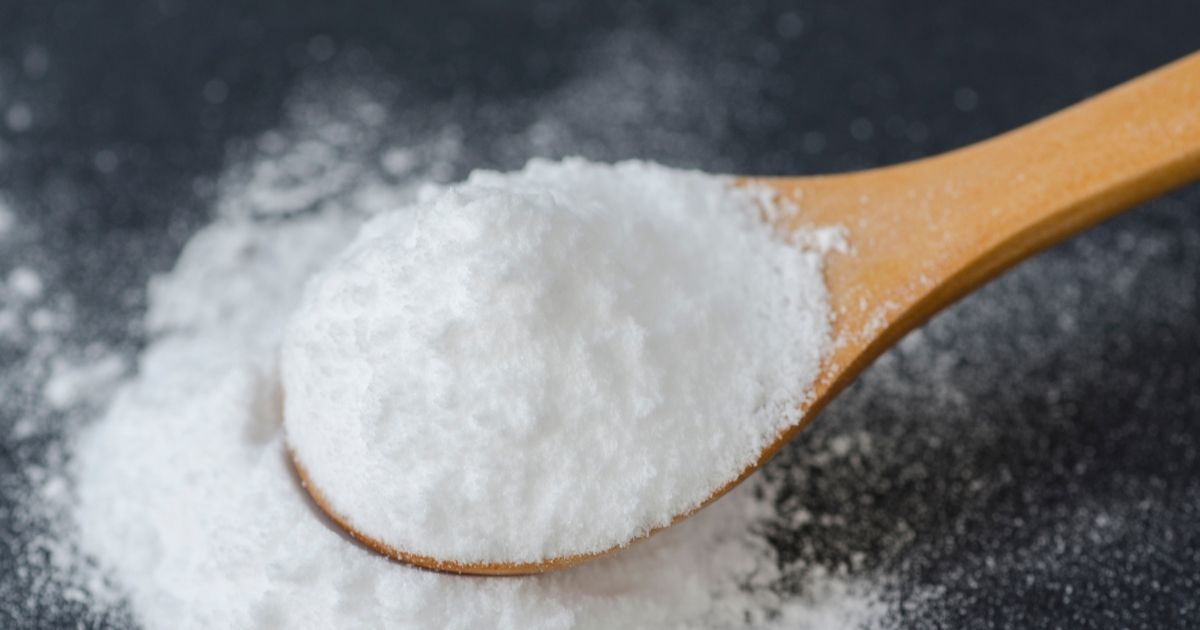Baking Soda vs. Baking Powder: Unraveling the Mystery for Bakers Everywhere
Unlock the secrets of baking soda and baking powder. Learn their unique roles in recipes, their chemical differences, and tips on how to use them effectively in your baking journey for perfect results every time.
In the realm of baking, two leavening agents stand as cornerstones in the kitchen: baking soda and baking powder. Though they may appear similar and are often used in the same recipes, they have distinct properties, functionalities, and uses that can significantly impact the outcome of your baked goods. Deciphering the roles of baking soda and baking powder is crucial for any baker seeking to master the art of creating airy cakes, fluffy pancakes, and tender cookies.
What Is Baking Soda?
Baking soda, known chemically as sodium bicarbonate, is a base that requires both an acid and moisture to activate. When combined with acidic ingredients like yogurt, buttermilk, or lemon juice, a chemical reaction occurs, producing carbon dioxide gas. This gas forms bubbles in the batter or dough, causing it to expand and rise during baking.
Properties of Baking Soda:
- Single-Acting: Baking soda begins to react and produce gas as soon as it is moistened with an acid. This means it’s crucial to bake recipes utilizing baking soda immediately after mixing to take full advantage of its leavening power.
- Flavor: It can impart a slightly bitter taste if not neutralized by an acid.
- Color: Baking soda promotes browning due to its alkaline nature.
What Is Baking Powder?
Baking powder, on the other hand, is a complete leavening agent that contains both the base (sodium bicarbonate) and the necessary acids (usually monocalcium phosphate and either sodium acid pyrophosphate or sodium aluminum sulfate). It only needs moisture to start the initial reaction and heat from the oven to fully activate.
Properties of Baking Powder:
Double-Acting: Most baking powders are double-acting, meaning they produce gas in two phases: once when moisture is added and again when exposed to heat.
Flavor: Baking powder is neutral and does not affect the taste of the finished product.
Convenience: It is used in recipes that do not have natural acids, simplifying the process of creating rise and eliminating the need for acidic ingredients.
What Are The Differences Between Baking Soda and Baking Powder in Recipes?
1. When To Use Baking Soda vs. When To Use Baking Powder
Understanding when to use baking soda or baking powder can be the difference between baking success and failure. Baking soda is best used when there are sufficient acidic components in the recipe to cause the necessary reaction. Too much baking soda can lead to an excess of alkaline, which might result in a metallic taste.
Baking powder is typically used when the recipe lacks natural acids or the desired lift cannot be achieved by acid-base reactions alone. It is also favored in recipes where a neutral taste is essential, and the batter needs to stay workable before baking.
2. Measuring and Substitution
Precise measurement is key when using either of these leavening agents. An imbalance can affect the rise, texture, and even the flavor of the final product.
Can You Substitute Baking Soda and Baking Powder? Baking soda and baking powder are both leavening agents used in baking, but they work differently. Baking soda requires an acid to activate it, while baking powder contains both an acid and a base. It's generally not recommended to substitute one for the other in a recipe unless you understand the science behind it. However, in some cases, you can make a substitution:
Substituting one for the other is not straightforward due to their different chemical compositions. However, in a pinch, you can substitute baking powder with a combination of baking soda and an acid. Conversely, you cannot use baking soda as a direct substitute for baking powder, as it lacks the necessary acids.
3. Shelf Life and Storage
Both baking soda and baking powder can lose their effectiveness over time. They should be stored in a cool, dry place and ideally used within six months to a year. To test their potency, you can:
Baking Soda: Place a spoonful in a bowl and add vinegar. If it bubbles vigorously, it’s still good.
Baking Powder: Mix a spoonful with hot water. If it bubbles, it’s active.
Common Mistakes and Troubleshooting
A common mistake is using an expired leavening agent, resulting in baked goods that are flat or dense. Another error is mixing up the two, which can throw off the taste and texture of your recipe.
If your cookies are spreading too thin, it could be due to too much baking soda. If your cake isn’t rising as it should, your baking powder might be expired or not measured correctly.
Why Do Recipes Contain Baking Soda and Baking Powder?
Recipes often contain both baking soda and baking powder because they serve different leavening purposes in baking.
Baking soda also contributes to browning in recipes, giving baked goods a desirable golden color. There are different types of baking powder, but many are "double-acting," meaning they release carbon dioxide gas in two stages—first when mixed with a liquid and second when exposed to heat. This provides a more extended leavening action, making it suitable for recipes that require longer baking times.
By using a combination of baking soda and baking powder, recipe developers can ensure that the leavening agents are activated at different stages of the baking process. This helps achieve the desired rise, texture, and flavor in the final baked goods. The choice between baking soda and baking powder often depends on the acidity of the other ingredients in the recipe and the desired characteristics of the finished product.
Tips for Baking Perfection
Follow the Recipe: Trust the balance of ingredients the recipe provides.
Freshness Matters: Ensure your leavening agents are fresh and potent for the best rise.
No Rushing or Waiting: With baking soda, get your goods in the oven quickly. With baking powder, you have a bit more leeway.
Keep It Airtight: Store both baking soda and baking powder in airtight containers to prevent moisture from triggering a reaction.
Understanding the unique characteristics and proper applications of baking soda and baking powder will elevate your baking, allowing you to achieve the desired lift and texture in your culinary creations. Remember, while they may be small components in the grand scheme of a recipe, their role is pivotal in the science of baking.
Baking Recipes
Here are our some delicious recipes that you can make with baking soda or/and baking powder:
Brownie Cookies
Embrace the indulgence of a gooey brownie and the classic charm of cookies all in one with this Chewy Brownie Cookies recipe. These treats are a chocolate...
Oatmeal Banana Bread
There's something universally comforting about the sweet aroma of banana bread wafting from the kitchen. We're taking this all-time favorite a notch higher...
Applesauce Cake
There's a certain magic in the aroma of a cake baking in the oven, especially when it's our Heavenly Applesauce Cake. With its rich flavors, moist texture,...
Chocolate Whoopie Pies
Indulge in the rich, creamy flavor of our Chocolate Whoopie Pies—a beloved treat with a modern touch. These cookies feature soft, cocoa-infused cakes...
Buttermilk Waffles
Wake up to the aroma of homemade Golden Buttermilk Waffles, a breakfast classic that's sure to bring smiles to the breakfast table. These waffles strike...
Homemade Soft Pretzels
There’s nothing quite like the aroma of freshly baked pretzels wafting through your kitchen. This homemade soft pretzel recipe will guide you through...




































